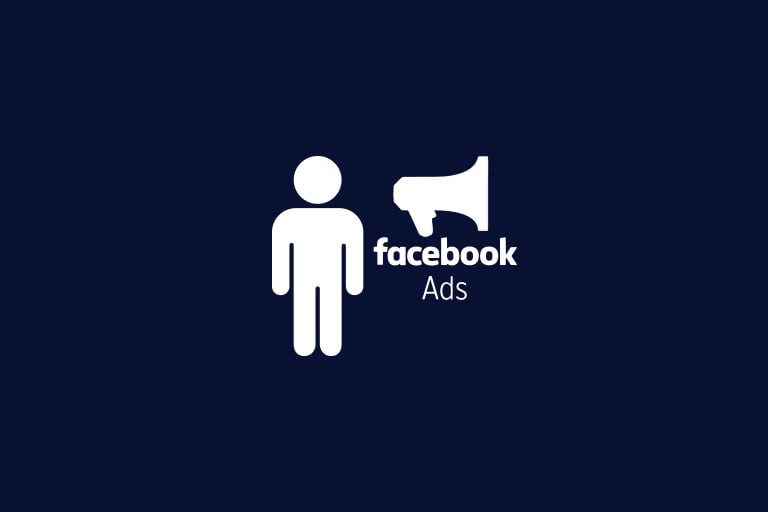In the vast ocean of digital marketing, measuring the effectiveness of your Facebook campaigns is crucial for understanding their impact and guiding future strategies. While the depth of potential insights is immense, let's simplify the process by focusing on essential methods for evaluating your campaign's performance.
1. Choose the Right Measurement Solution
Facebook provides a trio of measurement approaches to help you assess the impact of your ads, each corresponding to different campaign objectives.
- Audience Outcomes focus on the reach and relevance of your ads. They help you determine if you're engaging the right people and which ads yield the best return on investment. To measure these outcomes, Facebook suggests utilizing tools such as Ads Reporting in Ads Manager, Split Testing, and Audience Insights.
- Brand Outcomes delve into the influence your ads have on brand perception. This encompasses ad recall, brand differentiation, and the overall awareness generated by the campaign. For these metrics, Facebook recommends using Ads Reporting and Brand Lift studies. Brand Lift, a free study offered by Facebook for qualifying campaigns, provides insights into the more subjective aspects of branding, such as ad recall and message association.
- Sales Outcomes evaluate how your ads drive sales and conversions. This involves analyzing purchase correlations, the influence of mobile on spending, and the overall business impact of your ads. Tools recommended by Facebook for these assessments include Ads Reporting and the Test and Learn feature.
2. Looking At Data by Breakdowns
Facebook's "Breakdown" feature allows for granular analysis of your campaigns, ad sets, or individual ads. You can dissect your data into three main categories:
- By Delivery: Understand who has seen your campaign, with breakdowns by age, location, and market area.
- By Action: Review the actions taken in response to your ads, such as clicks and comments.
- By Time: Examine when interactions with your ads occurred.
Combining breakdowns can reveal new insights, such as which audience segments were most engaged at particular times or in specific regions.
3. Compare Current Results To Previous Results
When assessing your current campaign, it's vital to benchmark against past performance. If this is your first campaign, document the results as a baseline for future comparisons. For subsequent campaigns, analyze the chosen metrics against previous outcomes to identify trends, improvements, or areas for adjustment. Reflect on the differences in strategy between campaigns and consider what elements from successful campaigns could be replicated in the future.
Conclusion
The ability to measure and understand the results of your Facebook campaigns is a powerful asset. By selecting the appropriate measurement solutions, dissecting data with precision, and benchmarking against historical performance, you can refine your advertising strategy for continued success.







